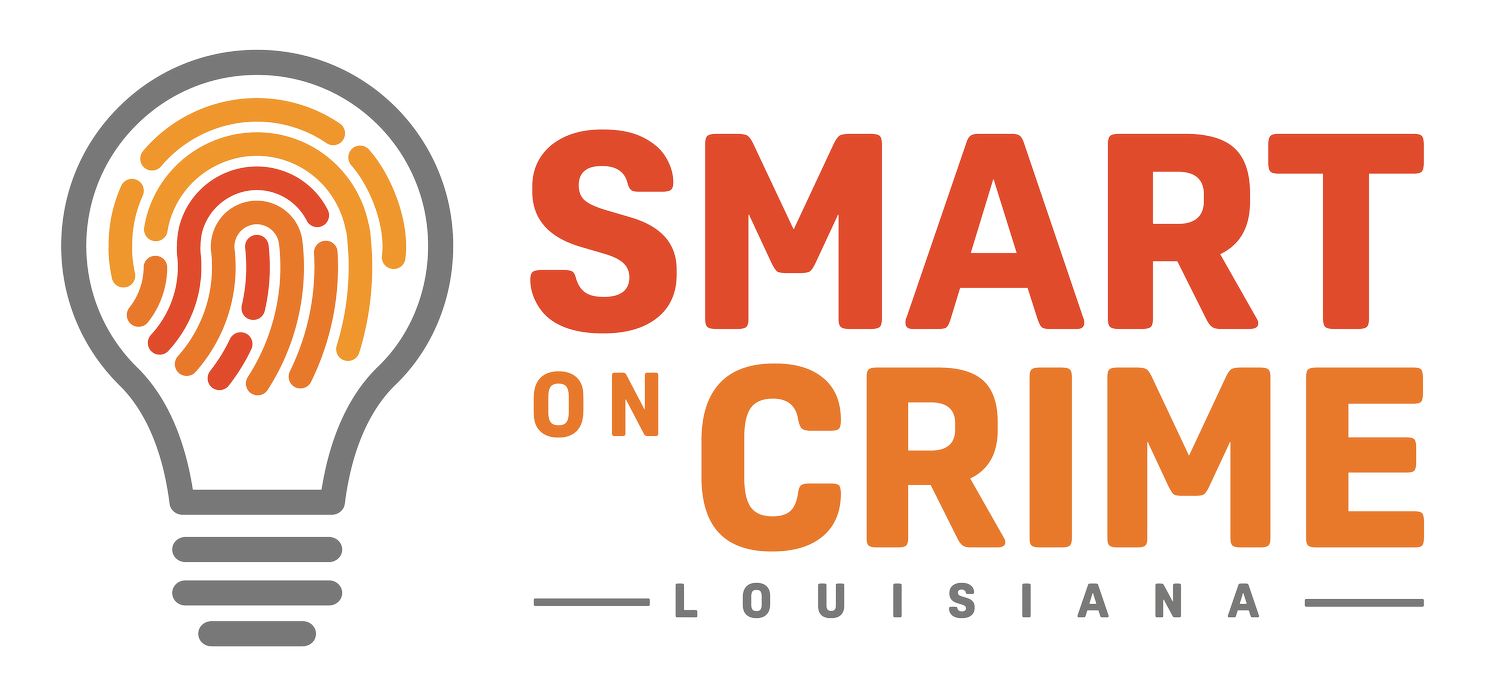ALTERNATIVES TO CRIME: ADVANCING LOCAL SOLUTIONS THAT WORK
Originally appeared in Pelican Institute for Public Policy, by Erin Bendily
Recently the Baton Rouge Law Enforcement and Criminal Justice Foundation announced the building of a new “Inspiration Center,” modeled after successful similar initiatives in places like Atlanta, Minnesota, and Wisconsin, to curb crime among juveniles. Clay Young, the group’s chairman, said its goal is “turning the city’s youth away from crime before it’s too late.” Wisconsin, for example, experienced a 70% reduction in violent crime in the area surrounding its first center.
The 34,000-square-foot center will include space for local and state social service providers and law enforcement, a cafeteria, computer and reading labs, meeting spaces, and plenty of space for youth to engage in activities such as football, basketball, and video games. It will be operated by the Boys and Girls Club and staffed by law enforcement, the Louisiana Department of Children and Family Services, and the BREC parks and recreation system.
This announcement comes as state lawmakers are grappling with what they can do to address rising violent crime, particularly in the state’s urban communities. A plethora of research shows that keeping youth engaged in school and productive community activities may be the most effective solution, as well as advancing local and state policies and initiatives designed to keep them away from adult-led street gangs and other neighborhood groups that are luring them into criminal activity.
Often policymakers attempt to create new crimes in the state’s laws, lengthen sentences, and charge juveniles as adults. These efforts may deter crime to a small extent, but they largely miss the mark in terms of getting to the root causes of problems and sidestep the opportunity (and the necessity) to equip young people with skills, coping mechanisms, and if necessary, supports and services to steer them toward better behavior.
It’s critical for local and state leaders to advance solutions that have been proven to work in reducing crime and avoid costly unintended consequences down the road. As tempting as it may seem to push anything that sounds “tough on crime,” we must avoid making it harder for troubled youth to get the help and redirection they need and turning them into lifelong criminals. This is where local schools, community resources, and social service agencies can leverage their resources to advance something effective, similar to what Baton Rouge leaders have proposed. Crime is a serious problem that demands thoughtful solutions. Let’s be thoughtful about the most effective ways to address it among our youth so that we can achieve better outcomes.
